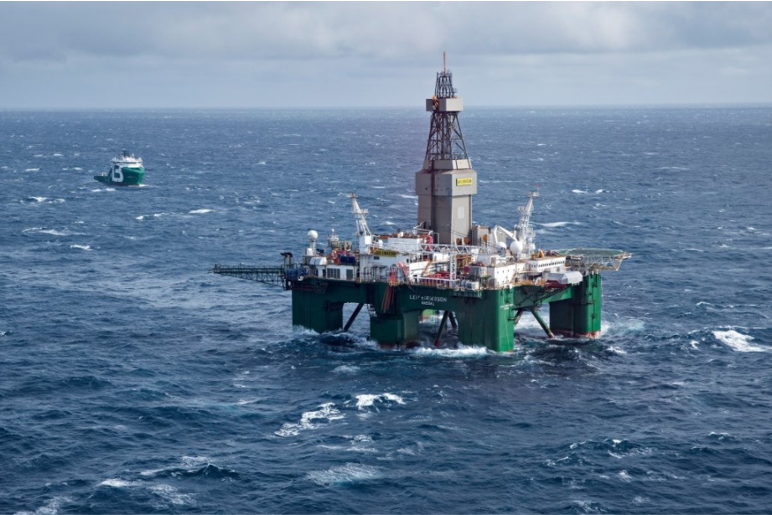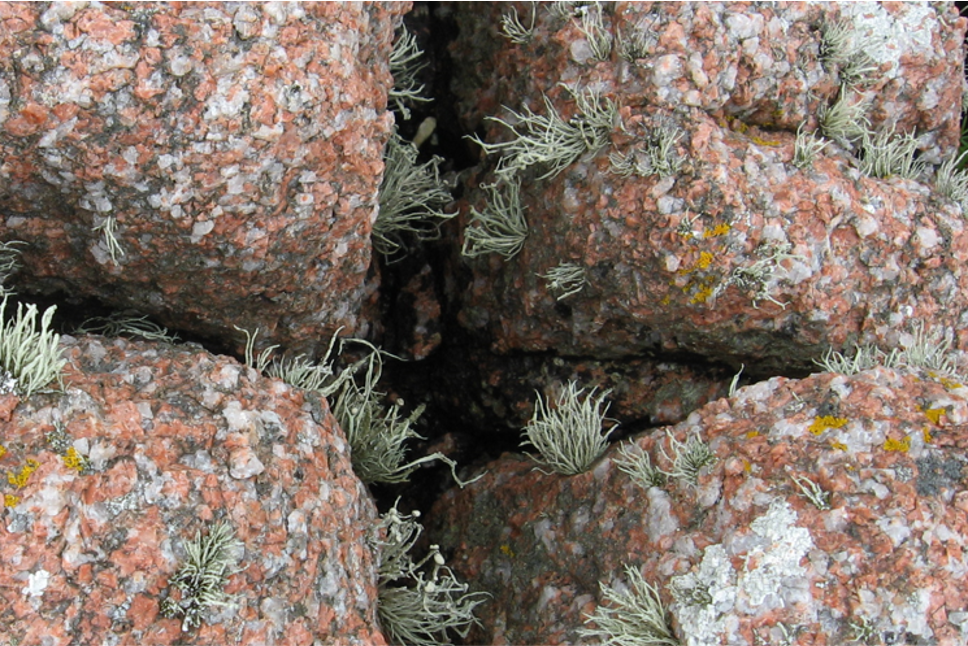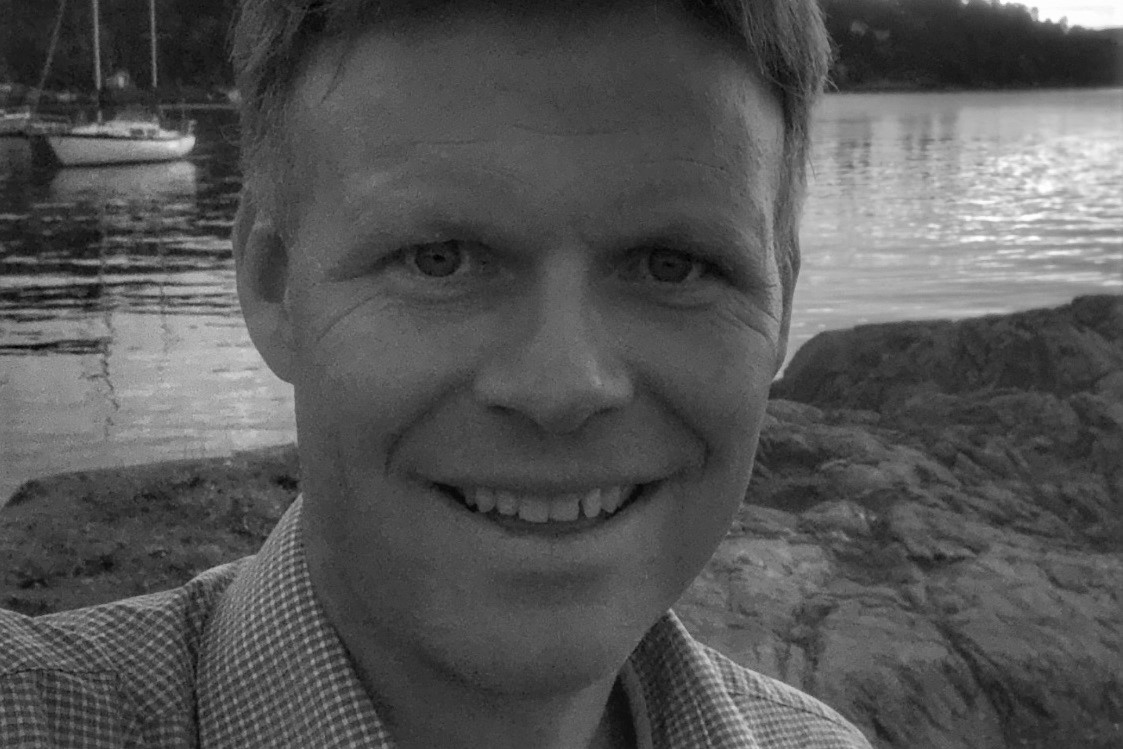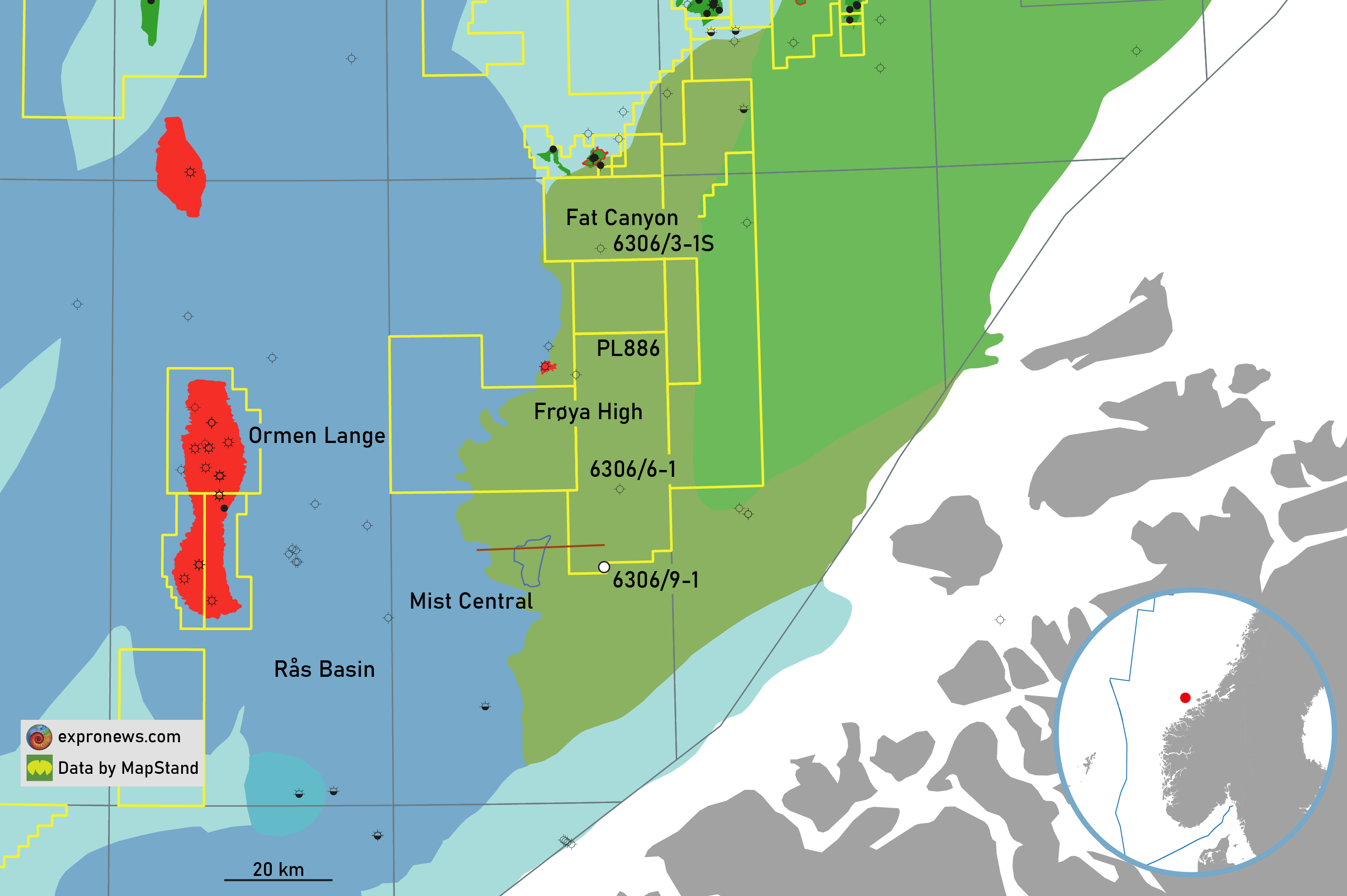So far, this year has not been very successful for operator Lundin. The company has now completed six exploration and appraisal wells on the Norwegian Continental Shelf in 2021. Together, these wells had a combined gross prospective resource of nearly 700 MMboe, but only between 15 to 78 MMboe of recoverable resources was proven. In addition, the bulk of this proven volume was the result of the Lille Prinsen appraisal campaign, which cannot really be seen as exploration. Therefore, it must be concluded that 2021 has most likely not met expectations.
Barents Sea
The first well completed this year was 7219/11-1 in the Barents Sea, targeting the Bask prospect in Paleocene sandstones. The well came in dry, and being the third one of a three-well Barents Sea campaign that did not result in any finds (after Polmak and Spissa), the year surely did not start on a positive note for Lundin, nor for the Barents Sea.
Solveig
Drilling around the Solveig field, which was taken into production earlier this month, has resulted in some positive news in the sense that the Segment D prospect to the northwest of Solveig proved a further 3 to 8 MMboe of recoverable resources through drilling well 16/4-13S. However, the Merckx exploration well (16/4-12) recently completed to the south of Solveig – with an anticipated 152 MMboe of prospective gross resource – came in dry.
Are this year’s exploration results going to change Lundin’s Norwegian Continental Shelf Exploration strategy? Attend the upcoming NCS Exploration Strategy Conference (17-18 November) and hear from Kristin Færøvik, managing director at Lundin, what the company’s plans look like.
Lille Prinsen
The Lille Prinsen campaign, where both the Paleocene Verdandi and the Jurassic/Zechstein Lille Prinsen discoveries were appraised through drilling two wells (16/1-34 S & A), resulted in a confirmation that previously estimated volumes were in the right direction. 61 MMboe of gross resource was attributed to Lille Prinsen during Lundin’s Capital Markets Day presentation in January this year, and after drilling 12 to 60 MMboe of recoverable resources are now thought to be present in Verdandi and Lille Prinsen combined.
Sele High
The latest well completed by Lundin on the Norwegian Continental Shelf was the Dovregubben well (17/8-1) on the Sele High. This was surely an audacious attempt to try and test prospectivity on this so far unexplored structural element, but the NPD announced last week that the well has not resulted in a discovery. It is not unlikely that hydrocarbon migration bypassed the area where the Middle Jurassic Sandness Formation and Zechstein carbonates formed the main target.
Let’s see if Lundin can now turn the tide and prove its finding skills with the wells to come.
HENK KOMBRINK





